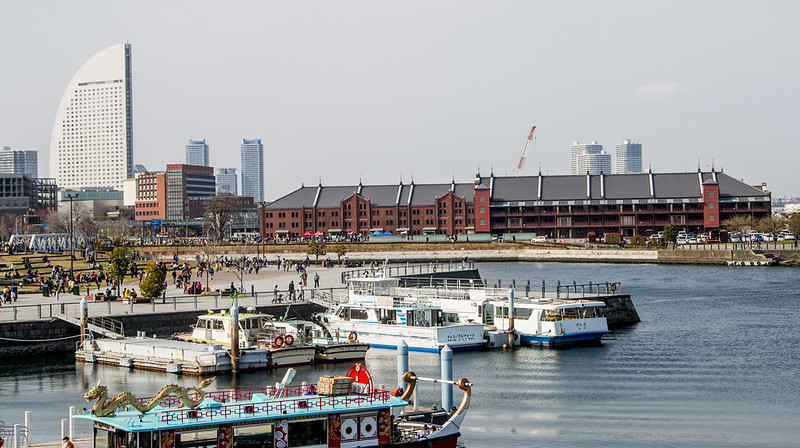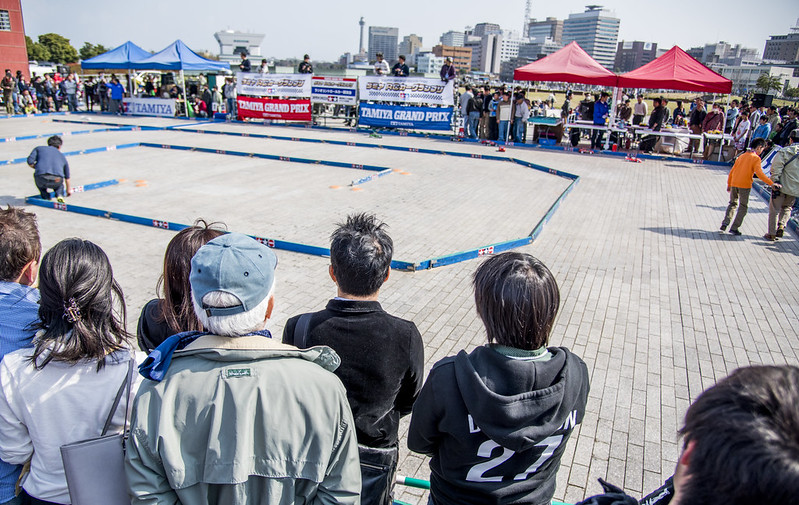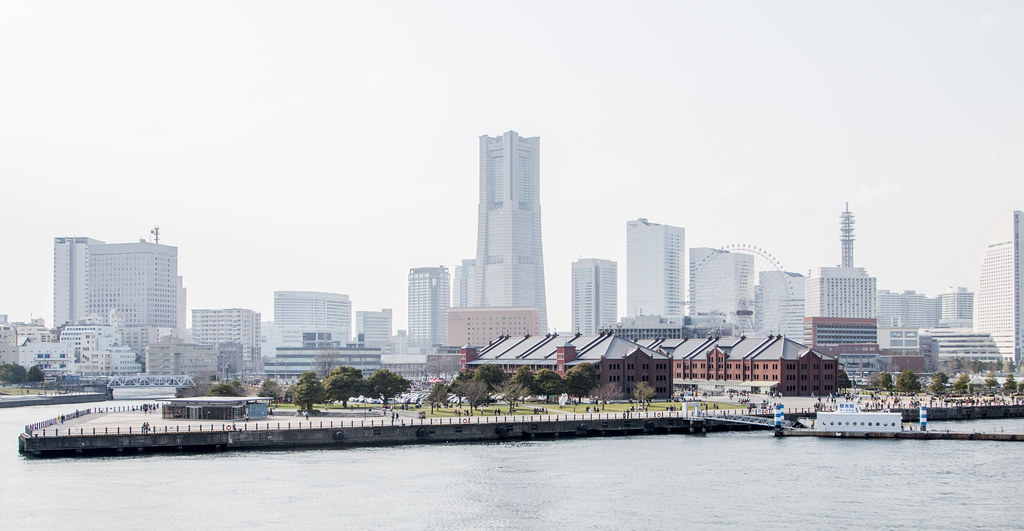While the majority of the buildings you find around Yokohama’s Minato Mirai 21 are modern, you will find hundreds of people near two red brick warehouses known as the Yokohama Red Brick Warehouse.
The buildings no doubt sticks out in the location and perhaps that is a very good thing as it houses concerts, events, 40 shops and attracts hundreds of visitors each day.
Known as the Yokohama Akarenga Soko, this historical building was formerly the Newport Pier Tax Keeping Warehouse and before that, in the 1920’s, was the Customs Inspection House for Yokohama Bay’s shipping activities. And was also used as government bonded warehouses during the Meiji and Taisho eras.
But the history of the red brick warehouses began as far back in the early 1900’s.

According to the history of the Akarenga:
1911: Just after being opened up to trade, Yokohama had no quay that ships could reach and so the construction of a full-scale dock became a high-profile national issue. A steel pier (the precursor of the Osanbashi Pier) was completed in 1896 (Meiji 29) in the Meiji government’s first phase of harbor construction. To cope with the sharp rise in cargo that came with the rapid growth of foreign trade, a second phase of construction included a new wharf started in 1899 (Meiji 32), the first berthing wharf in the East. It was during this phrase that the current Red Brick Warehouse was constructed as a bonded warehouse1 (called the Yokohama Customs Shinko Wharf Warehouse). Shinko Wharf was Japan’s first modern port facility and included a transit shed2, a warehouse, cranes and a railway.
Construction of Warehouse No.2 was started in 1907 (Meiji 40) and completed in 1911 (Meiji 44) under architect Yorinaka Tsumaki, head of the Ministry of Finance’s Temporary Building Department.
1913: Taisho 2Construction of Warehouse No.1 was started in 1908 (Meiji 41) and finished in 1913 (Taisho 2). The completed Red Brick Warehouse was a state-of-the-art, world-class warehouse fitted with Japan’s first cargo elevator along with sprinklers and fireproof doors. A quakeproof reinforced brick construction method was adopted, the then leading-edge technique of embedding steel material into bricks. All the bricks were made in Japan, nearly 3.18 million of which were used in Warehouse No.2 alone. Incorporating such new technologies, the two buildings were completed as model warehouses for Japan.


Tamiya Grand Prix taking place right next to the building.
Unfortunately, on September 21, 1923, the Red Brick Warehouse #1 and many dock facilities were destroyed in the Great Kanto Earthquake. And upgrades on both buildings to become more earthquake resilient took place in the 1930’s.
While the warehouse activities ended in 1989 and underwent nine years of conservation and renovation before it was reopened in 2002 as a cultural and commercial facility.
The buildings now hosts numerous events such as the October Beer Fest, a skating rink in the winter and concerts during the summer.

There are three floors in the building (Building 1). The first floor features the Akarenga (brick) Depot, Yokohama Glass (glass craft making), S. SHOBEY & Masuda Gama which features silk products, Yokohama Yaki pottery and Camera wa Suzuki.
The second floor features a lot of space where people can have their own galleries and events.
The third floor features a concert area with 300 seats and is also rented out for weddings and parties.
In Building 2, this building also has three floors which showcases 40 shops. From cafe, restaurant, food courts, jewelry shops, all can be found on each of the three floors.
If you are visiting Yokohama, definitely visit the Yokohama Red Brick Warehouse.

